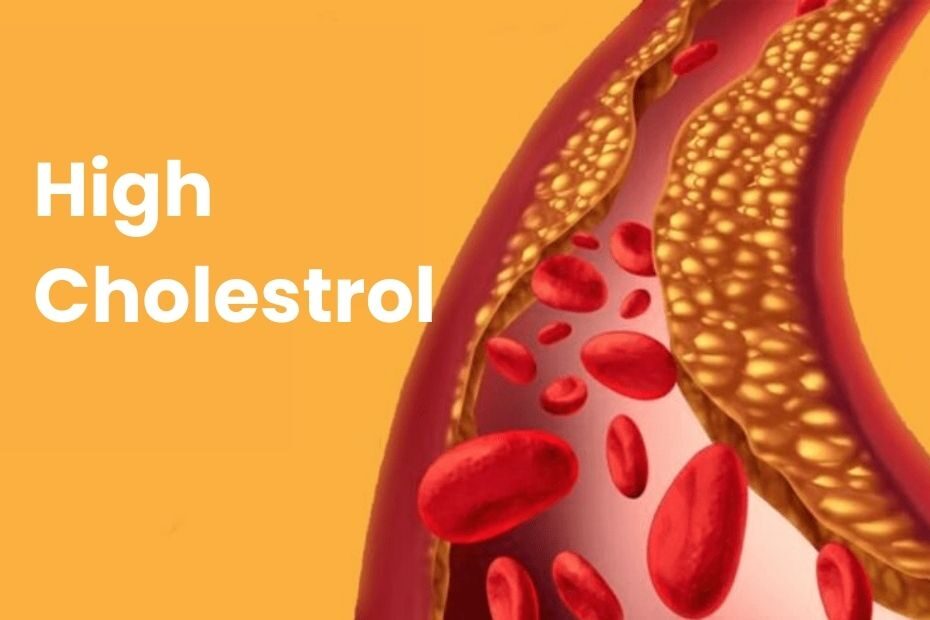High cholesterol is a result of a metabolic derangement of the body. It is aptly known as the silent killer because it doesn’t usually produce signs or symptoms that indicate a higher level in the bloodstream. Additionally, it will deposit on arterial walls as cholesterol plaque, increasing the chances of cerebrovascular accident and coronary heart disease. However, with the help of recent research on the symptoms of high cholesterol, leg cramps have made the headline.
How does high cholesterol lead to leg pain?
The legs are the most gravity-dependent part of the body. They have peripheral vasculature that includes arterial and venous channels that are more narrow than the rest of the body. However, leg muscles are also the motor propellers for our body and use a lot of oxygen while producing more waste products that need to be carried away.
The leg muscles have an active need for glucose, electrolytes, and oxygen. When the continuous supply of these nutrients and the drainage of the waste produced `is disrupted, it can lead to leg pain and spasms, also known as cramps. The cramps in the lower limb in hypercholesterolemia or increased cholesterol in the blood because it clogs the arteries by plaque formation, therefore compromising blood flow.
This condition where the arteries are clogged in the periphery is known as peripheral arterial disease.
How to identify peripheral artery disease in the legs?
Peripheral artery disease may present subtle signs and can be confused with general tiredness. If you notice one or more of the signs listed below, visit the hospital for a thorough checkup.
- Leg pain in the calf or until the buttock.
- Cramping sensation that increases activity and goes away on rest.
- Changes in the skin of the leg as hyperpigmentation patches.
- Heaviness or numbness in the calves.
- Sores or ulcers in the foot that do not heal.
- Burning pain in the calf.
There can also be other reasons for the pain in the calf or leg.
- Exercise
- Dehydration
- Nerve disease
- Electrolyte imbalance
The above-listed symptoms are some that you may or may not see. And the presence of these symptoms does not necessarily indicate that you have high cholesterol. However, getting regular blood tests for six months to a year can help you stay on top of your health.
Is all cholesterol bad cholesterol?
All cholesterol is not bad, but in hypercholesterolemia, the elevated cholesterol is the bad cholesterol or the LDL cholesterol. The cholesterol that is responsible for reducing cholesterol in the body, the HDL cholesterol, decreases.
The extra cholesterol leads to the deposition of the excess cholesterol at sites of arterial injury along with some cells and other debris forming plaques and narrowing the passage. The plaques can compromise the blood supply to the organ the vessel is supplying and the risk of the plaque breaking off and traveling in the bloodstream. The plaque can break and block other important arteries, like the arteries in the brain at the internal capsule, causing stroke or, in the heart, causing a myocardial infarction or heart attack.
How to decrease excess cholesterol in the body?
One can manage the excessive cholesterol in the body with medications like statins that are prescribed by the doctor or lifestyle changes which are as follows:
- Exercise: increasing the frequency of workouts to at least 150 minutes per week can help keep the body in shape and promote a healthier lifestyle. It also increases the level of good cholesterol.
- Smoking: quitting smoking or reducing the frequency can reduce the additional damage caused by the free radicals in smoke to the vessel wall and thus reduce plaque formation. Smoking also narrows vessels leading to peripheral artery disease and leg cramps. Take professional help to cut down on smoking.
- Eating more fiber: eating enough fiber reduces the absorption of dietary cholesterol into the blood, which helps control increased cholesterol levels.
- Healthy fats such as omega three, fish oil, or flax seed oil are also protective against high cholesterol.
- Reducing alcohol intake: Cutting down on alcohol can lead to less liver damage and less cholesterol in the blood. Quitting alcohol is a more desirable solution for which you can take help.

